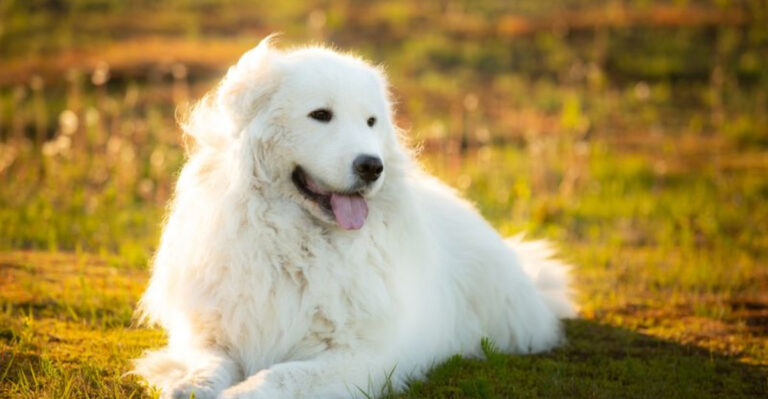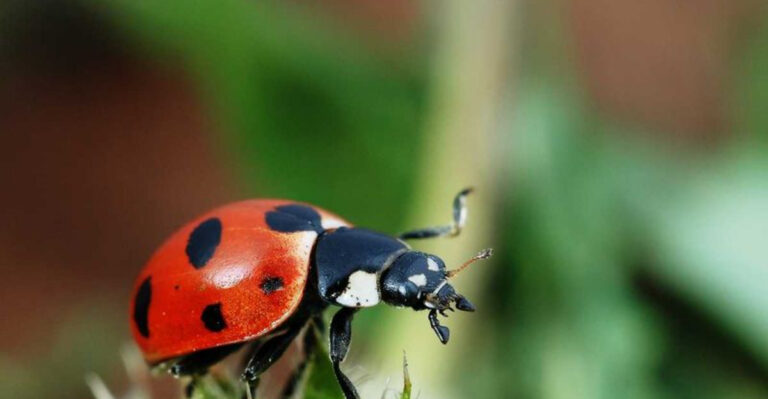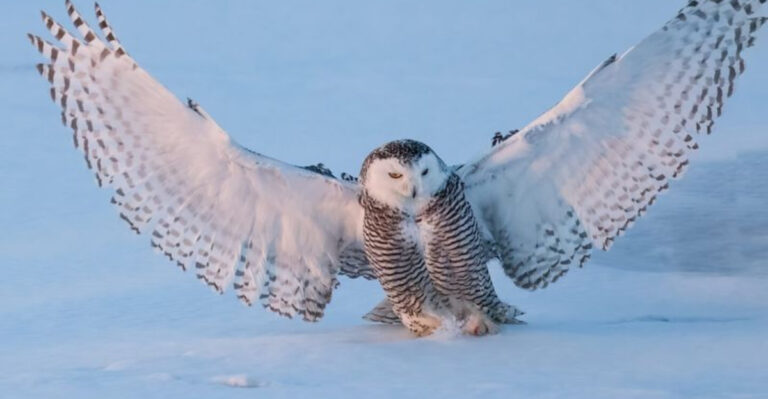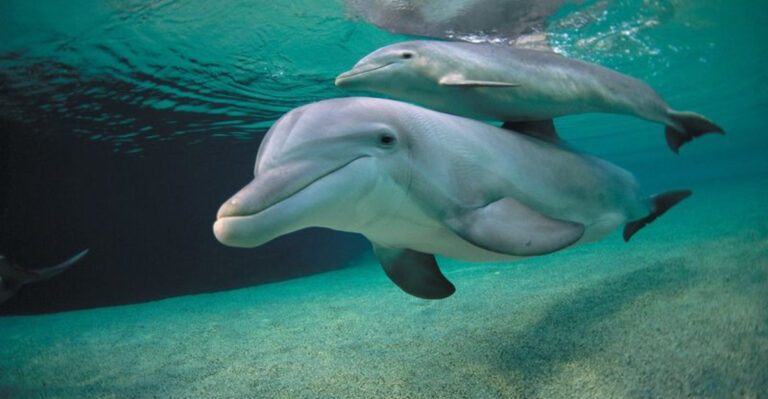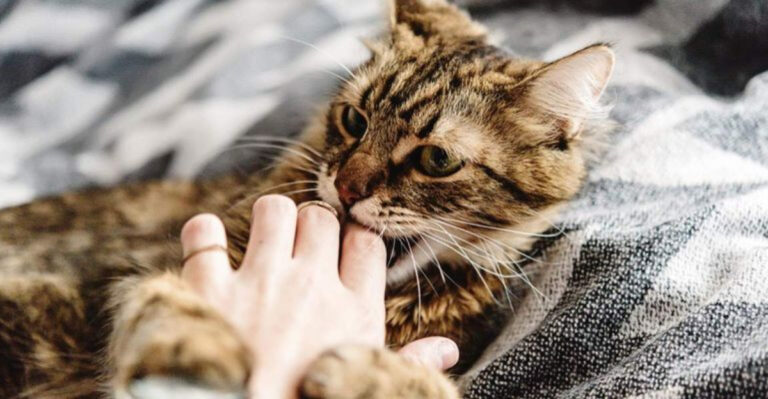20 Animals That Can Sleep For Months
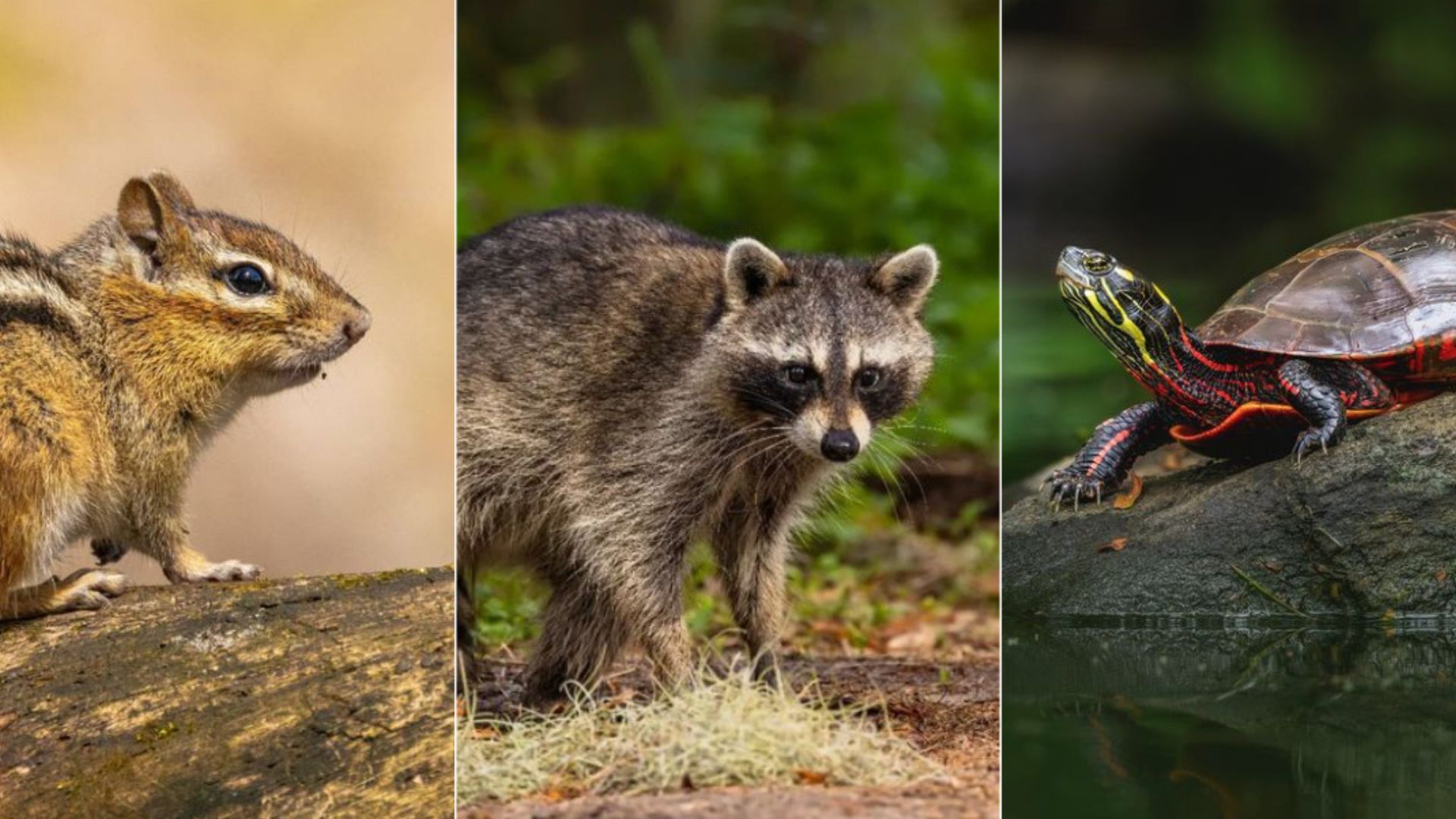
Ever wished you could hit snooze for months at a time? Some animals don’t just dream about it, they actually do it! While humans struggle to get eight hours, these creatures take napping to a whole new level, sleeping through entire seasons.
Whether it’s to escape freezing winters, survive scorching heat, or conserve energy, these expert snoozers have turned long-term sleep into a survival strategy.
From bears in deep hibernation to frogs that freeze solid and wake up like nothing happened, these animals prove that sometimes, sleeping is the best way to stay alive. Ready to meet nature’s ultimate nap champions?
1. Brown Bear
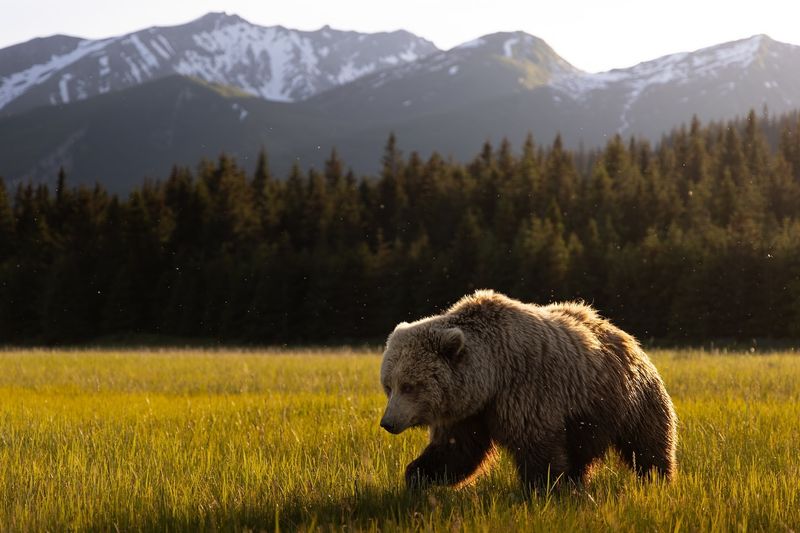
In preparation for this lengthy sleep, the brown bear accumulates substantial fat reserves, which sustain it through the winter. During hibernation, the bear’s metabolic rate drops significantly, allowing it to survive without food or water.
This physiological adaptation is crucial for energy conservation. Remarkably, even though brown bears can sleep for months, they occasionally wake to shift positions. This activity prevents sores from developing.
Their heart rate and body temperature decrease, but they remain in a state of light sleep, ready to react if threatened. Such adaptations are vital for survival in cold climates.
2. Common Box Turtle
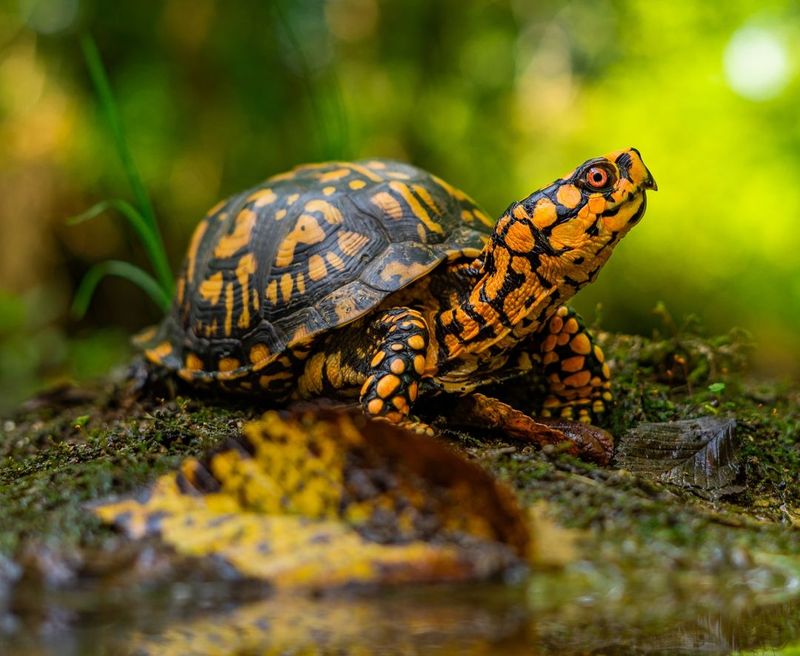
Common box turtles have evolved to survive extended periods of dormancy, especially in colder climates. These reptiles are adept at entering a state of brumation, a hibernation-like condition. During brumation, their bodily functions slow down drastically.
They burrow into the ground or leaf litter to insulate themselves from the cold. In this dormant state, the turtle’s metabolism slows, reducing its need for food and water. This adaptation ensures the turtle’s survival through harsh winters, emerging only when temperatures rise.
Despite being inactive, they are attuned to environmental changes, ready to awaken when conditions improve.
3. Fat-Tailed Dwarf Lemur
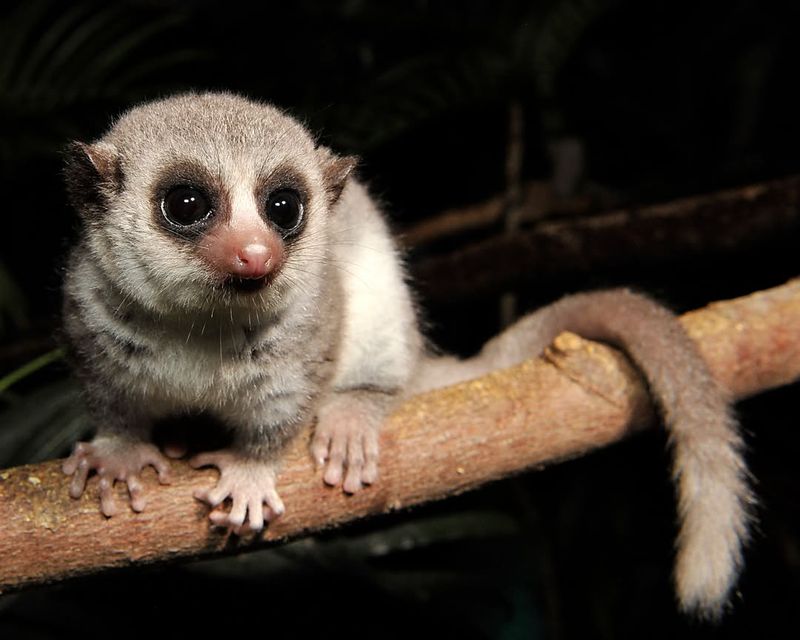
This unique primate capable of hibernating for up to seven months. Native to Madagascar, this lemur relies on its fat tail as a nutritional reserve. Before hibernation, it gorges on food to build up fat, primarily stored in its tail. This reserve is crucial during its dormancy.
While in hibernation, the lemur’s heartbeat and breathing slow dramatically. It remains in tree hollows, shielded from predators.
This period of inactivity aligns with Madagascar’s dry season, showcasing an incredible adaptation to the island’s environment, ensuring survival when resources are scarce.
4. European Hedgehog
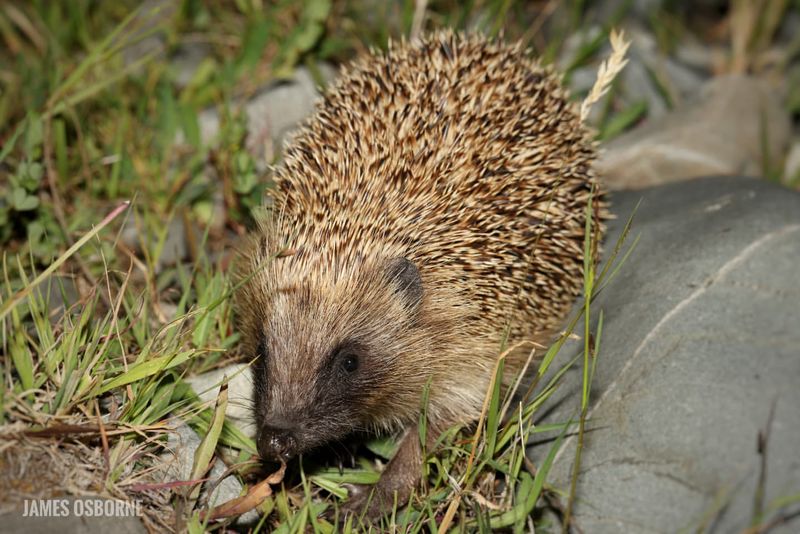
European hedgehogs are known for their extended hibernation during winter months. As temperatures drop, they enter a deep sleep to conserve energy. Prior to hibernation, hedgehogs consume large amounts of food to build fat reserves necessary for survival.
Their heart rate and body temperature decrease significantly during this time, allowing them to survive without eating. They seek out cozy, insulated spots, such as leaf piles, to hibernate until the spring thaw.
This adaptation is crucial for surviving the harsh European winters, allowing them to emerge healthy and ready to forage when the weather warms.
5. Wood Frog
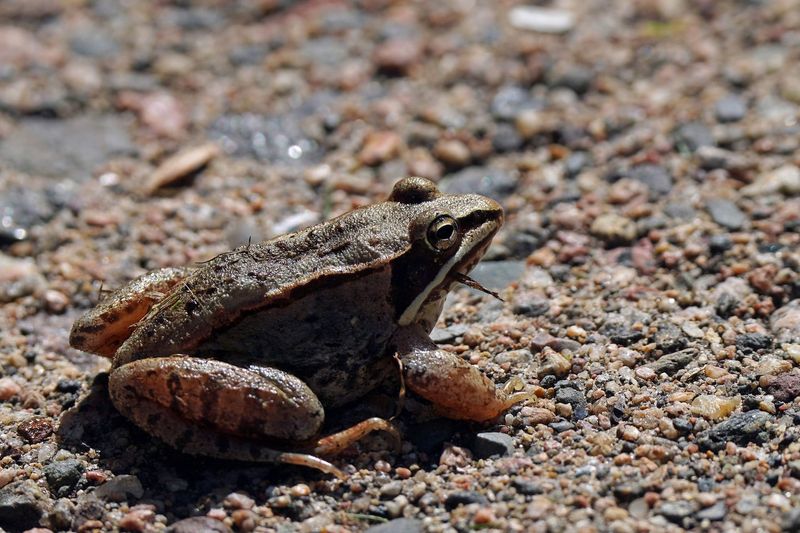
The wood frog has an extraordinary adaptation, allowing it to survive freezing temperatures by entering a state of suspended animation.
During winter, it can endure being partially frozen. Its body produces glucose that acts like antifreeze, protecting vital organs. This adaptation allows the frog to essentially pause its bodily functions, surviving the cold months encased in ice. When temperatures rise, the frog thaws and resumes normal activities.
Despite the extreme cold conditions they face, wood frogs rely on this remarkable survival strategy that enables them to continue thriving in their habitats.
6. Alpine Marmot
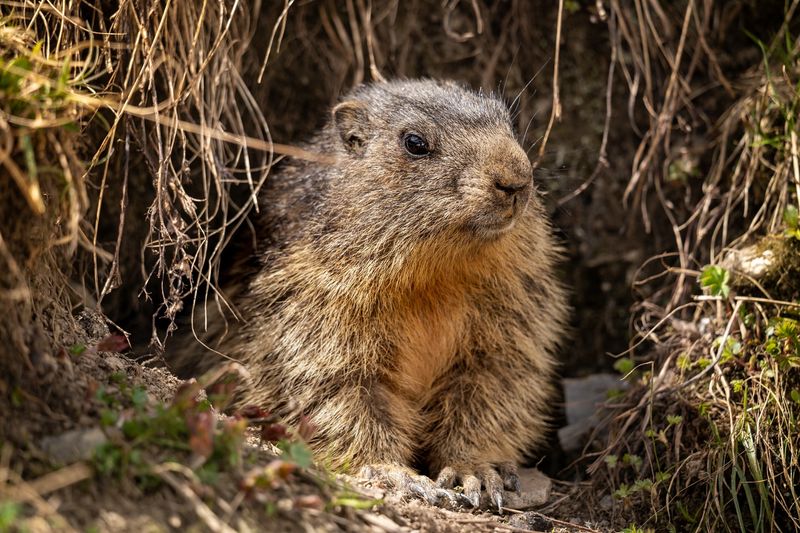
These creatures are experts in surviving long, harsh winters through hibernation. These large ground squirrels live in mountainous regions where cold conditions prevail.
Before winter, they build substantial fat reserves by feeding voraciously. These reserves are crucial during hibernation when they remain in underground burrows. In their dormant state, marmots drastically reduce their metabolic rate, heart rate, and body temperature.
This deep hibernation lasts for months, allowing them to survive without food. Their communal living in burrows also helps conserve warmth, a critical adaptation for enduring the severe alpine winters.
7. Eastern Chipmunk
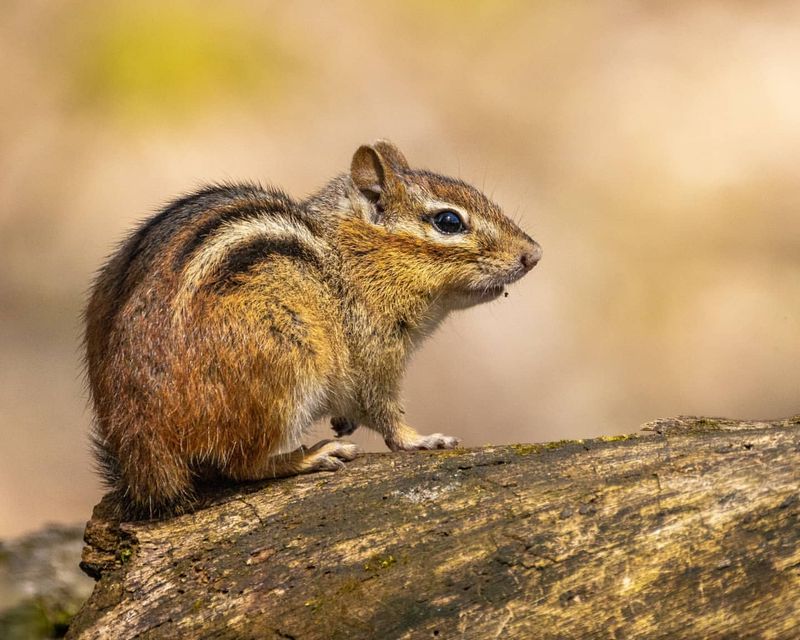
Eastern chipmunks engage in a form of hibernation during the colder months, characterized by periods of deep sleep interspersed with waking.
These small rodents store food in their burrows, allowing them to wake periodically to eat, even during hibernation. Their heart rate and body temperature decrease significantly while asleep, conserving energy.
This intermittent hibernation is a survival strategy that enables chipmunks to endure winter, relying on stored food to sustain them. Their ability to balance sleep and feeding ensures they emerge in spring ready to continue their busy life above ground.
8. Garter Snake
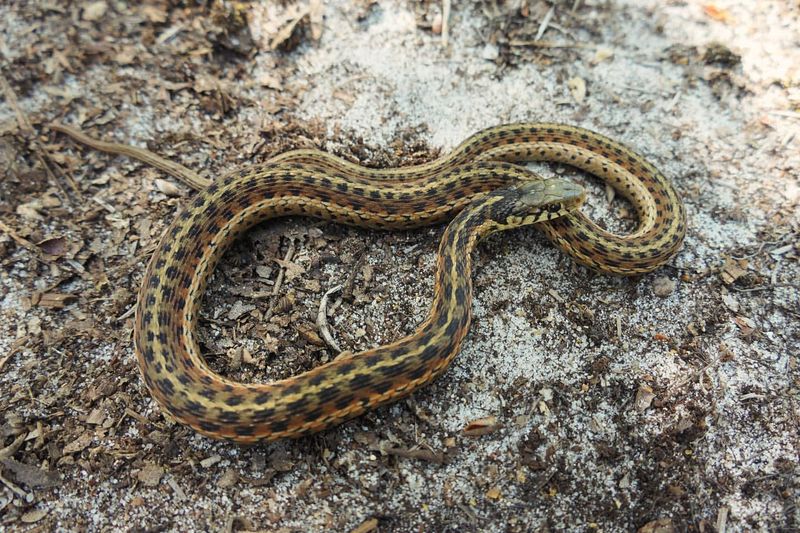
These fascinating reptiles known for their communal hibernation habits. As cold weather approaches, these snakes gather in large numbers to hibernate in dens. During this period, their metabolic rate decreases, conserving energy for months without food.
Hibernating in groups helps maintain body warmth, a crucial survival strategy in cold climates. As the temperatures rise in spring, garter snakes emerge from their dens, ready to resume active lives.
Despite the extreme conditions they face, garter snakes engage in communal hibernation, a unique adaptation that ensures their survival through the harshest months of the year.
9. Snapping Turtle
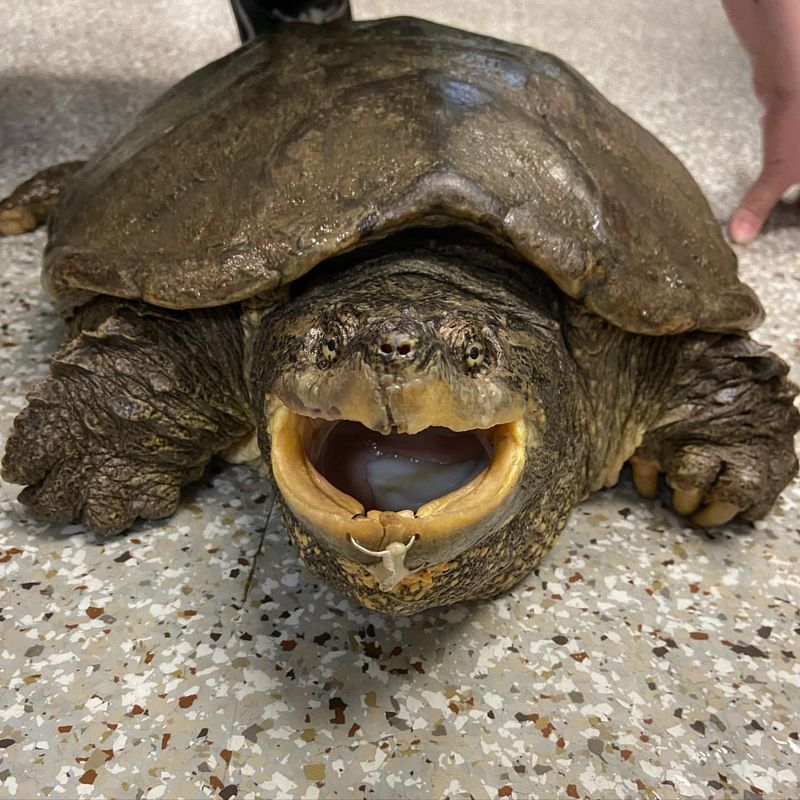
Snapping turtles exhibit an incredible ability to hibernate underwater during winter months. These reptiles adapt by slowing their metabolism to survive in frigid temperatures. They bury themselves in mud at the bottom of ponds or lakes, where they can remain dormant for months.
This hibernation strategy relies on anaerobic respiration, allowing them to survive with limited oxygen. As spring arrives and temperatures rise, snapping turtles reemerge, resuming their active lifestyle.
This adaptation showcases their resilience, enabling survival in environments where other animals might struggle to endure the cold.
10. Bats
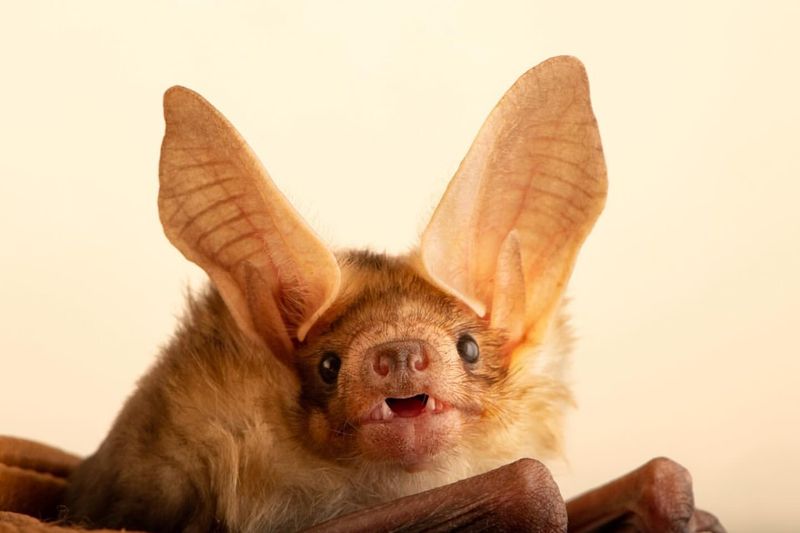
These creatures are well-known for their hibernation, particularly those living in temperate regions. These nocturnal mammals seek out caves or abandoned buildings to spend their winter months.
During hibernation, bats slow their heart rates and lower their body temperatures significantly, conserving energy. This adaptation allows them to survive without feeding for extended periods. Bats’ ability to hibernate is vital for enduring the winter when insect prey is scarce.
As temperatures rise, they awaken and resume their nocturnal activities, playing a crucial role in ecosystem balance as pest controllers and pollinators. Their seasonal cycle of hibernation and activity helps maintain insect populations, benefiting both agriculture and natural habitats.
11. Raccoons
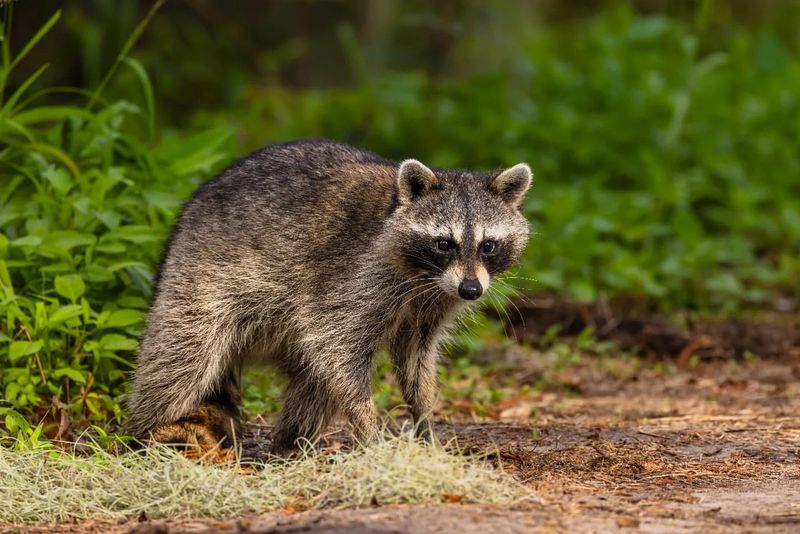
Raccoons, although not true hibernators, enter a state of torpor during the coldest months. In this state, their metabolism slows, allowing them to conserve energy. They seek out sheltered locations like tree hollows, where they rest for days or weeks at a time.
This period of inactivity enables them to survive harsh conditions without foraging daily. As temperatures moderate, raccoons become more active, searching for food.
This adaptability is crucial for surviving winters, allowing raccoons to emerge healthy and ready to explore their surroundings when conditions improve.
12. Ladybugs
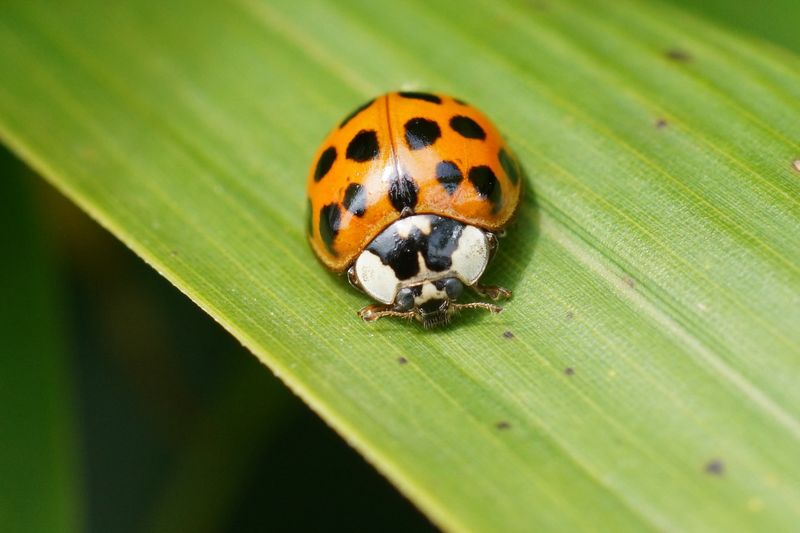
Ladybugs exhibit fascinating behavior during winter months by entering a state of dormancy. They gather in large groups, seeking warmth and protection. This aggregation helps conserve heat and moisture, crucial for survival.
In this dormant state, ladybugs slow their metabolism, reducing their need for food. As temperatures rise in spring, they disperse and resume their activities, including pest control in gardens.
This behavior ensures their survival through harsh winters, highlighting their role in maintaining ecological balance as natural pest controllers.
13. Groundhogs

Also known as woodchucks, groundhogs are classic hibernators. As winter approaches, they enter a deep sleep that can last for several months. Their body temperature drops significantly, and their heart rate slows, conserving energy for the duration of their hibernation.
These adaptations enable groundhogs to survive without food during the cold months. When spring arrives, they emerge from their burrows, ready to resume feeding and rebuilding their energy reserves.
Despite the extreme conditions they face, groundhogs rely on a cycle of hibernation and activity, which is crucial for their survival in temperate climates and ensures they remain a key part of their ecosystems.
14. Painted Turtle
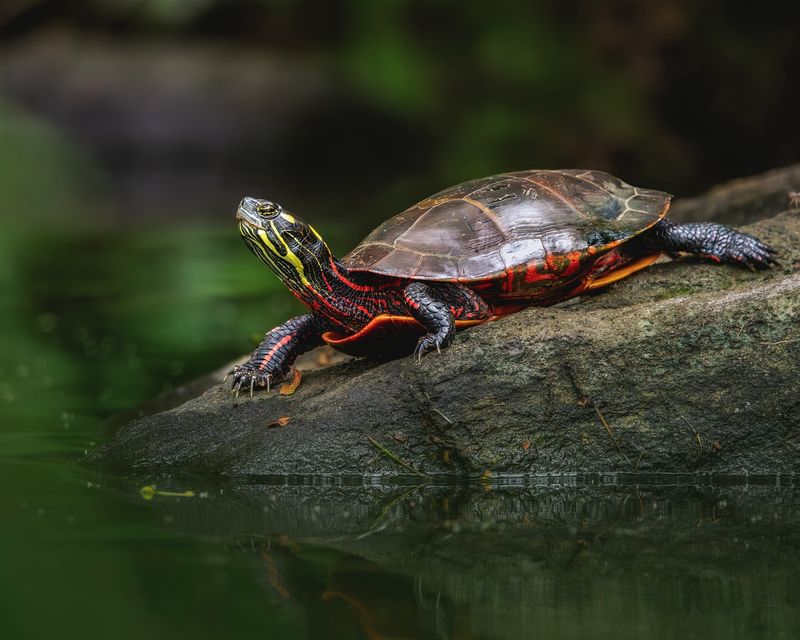
Painted turtles are remarkable for their ability to hibernate underwater during cold months. They slow their metabolism to survive prolonged periods without oxygen.
Submerged in mud at pond bottoms, they enter a state of dormancy, relying on stored energy reserves. This adaptation allows them to withstand freezing temperatures. As spring thaws the ice, painted turtles reemerge, resuming their active lifestyle.
Their survival strategy during winter is a testament to their resilience, demonstrating nature’s adaptability in ensuring these turtles thrive in varied environments.
15. Bumblebees
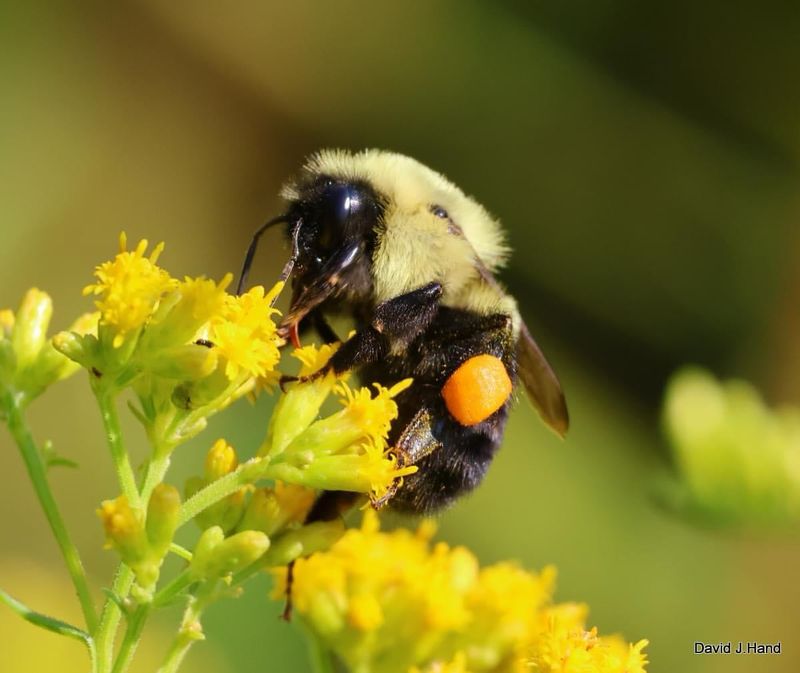
Bumblebees have a unique approach to surviving winter. Queens are the only members of the colony to hibernate, entering a state of dormancy until spring. In this period, they find sheltered spots in the ground to rest, conserving energy.
Their metabolic rate drops, allowing them to endure months without food. When spring arrives, queen bumblebees emerge to establish new colonies.
This hibernation strategy is crucial for the species’ survival, ensuring the continuity of colonies and their essential role in pollination.
16. Frilled-Neck Lizard
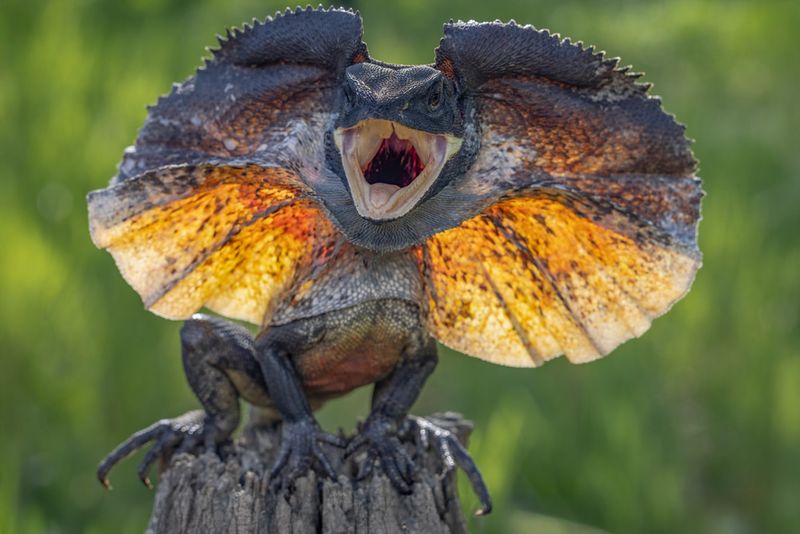
Native to Australia, the frilled-neck lizard enters a state of dormancy known as brumation during the coolest months. This behavior allows it to survive when food is scarce.
During brumation, the lizard’s metabolic rate drops, reducing its energy requirements significantly. It remains inactive, typically in sheltered areas like brush piles or burrows. As temperatures rise, the lizard resumes its active lifestyle, hunting insects and small prey.
This adaptation to seasonal changes highlights the lizard’s resilience, ensuring its survival in environments with fluctuating temperatures. By conserving energy during harsh conditions, it increases its chances of thriving when resources become abundant again.
17. Hedgehog Tenrec
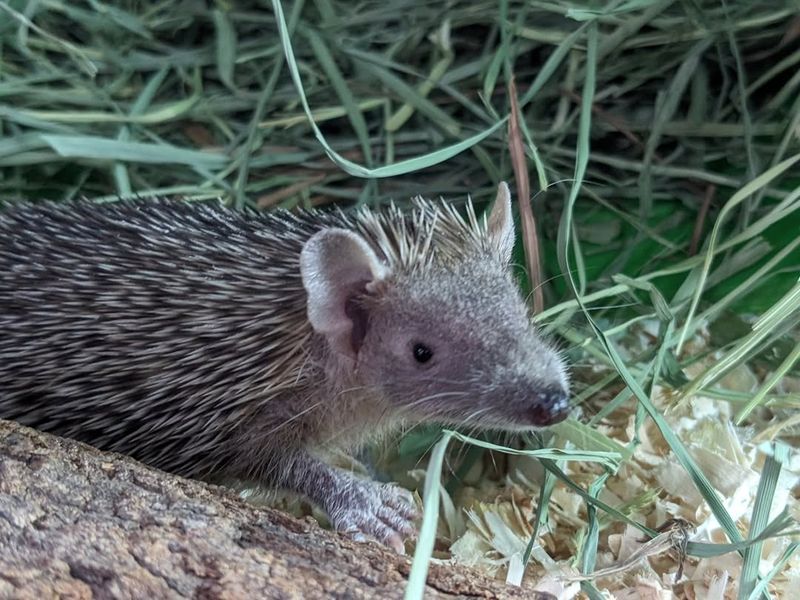
The hedgehog tenrec, a small mammal found in Madagascar, is known for its ability to enter a state of torpor. This adaptation is crucial for surviving periods when food is scarce. During torpor, its body temperature and metabolic rate drop significantly, conserving energy.
Tenrecs often seek out insulated nests to maintain body heat. This state can last for several weeks, allowing them to endure challenging conditions. As resources become more abundant, they return to their usual active state.
This remarkable adaptation ensures their survival in varied habitats, demonstrating the resilience of this unique species.
18. Dormouse
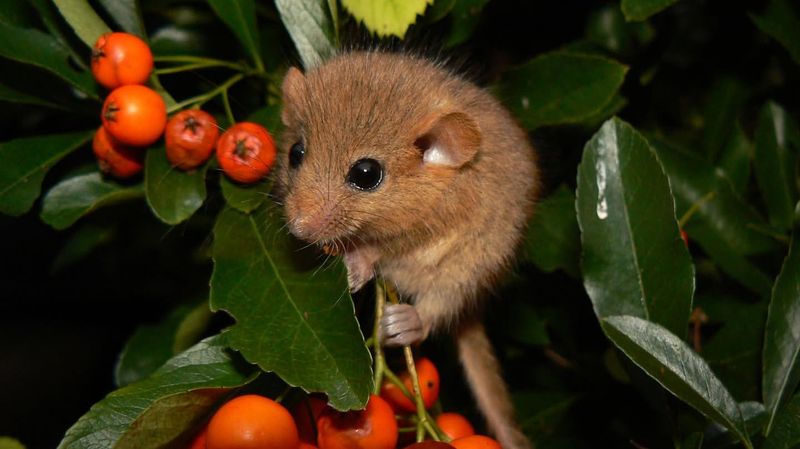
Dormice are well-adapted to survive the winter months through prolonged hibernation. These small rodents enter a deep sleep that can last for up to six months. During hibernation, their body temperature drops, and metabolic processes slow significantly.
They rely on stored body fat to sustain themselves during this period without food. Dormice hibernate in nests built within tree hollows or underground burrows, emerging in spring to replenish energy reserves and continue their life cycles.
This adaptation is critical for surviving in temperate regions, ensuring their role in the ecosystem remains intact.
19. Boxfish
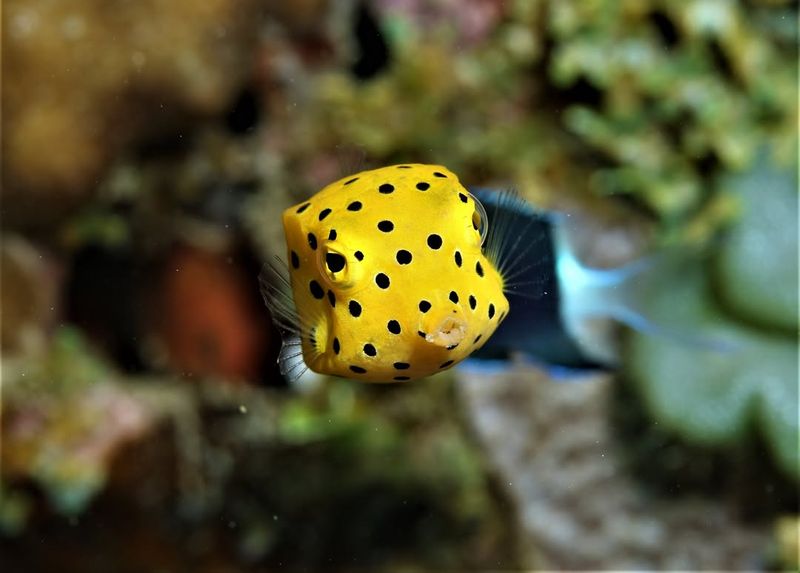
Boxfish are unique marine creatures that exhibit a form of dormancy during colder months, particularly in regions with significant temperature fluctuations. During this period, their activity levels decrease, conserving energy when food is scarce.
They often retreat to sheltered areas within coral reefs, where they remain inactive. This adaptation allows boxfish to survive when environmental conditions are less favorable. As temperatures rise, they become more active, resuming their roles in the delicate balance of marine ecosystems.
This dormancy strategy highlights their adaptability, ensuring survival in diverse aquatic habitats.
20. American Black Bear
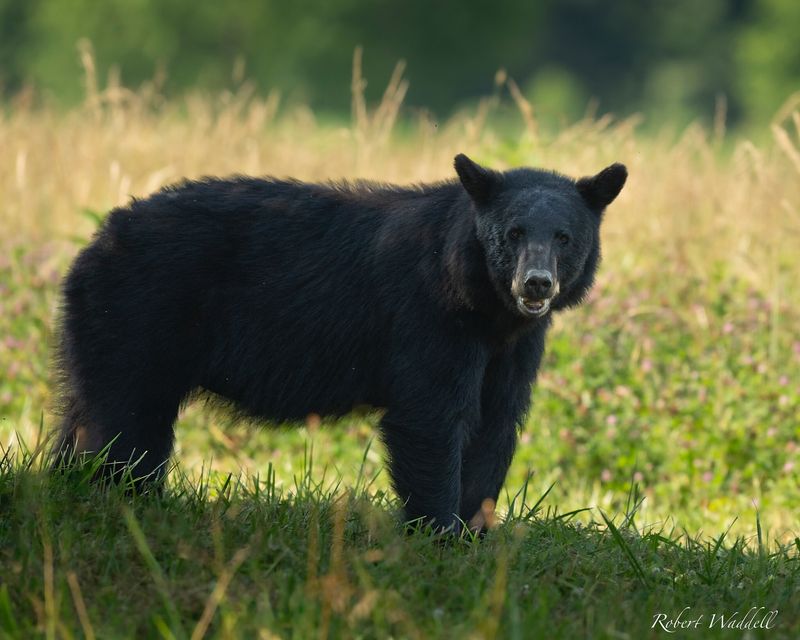
The American black bear is an iconic hibernator, capable of sleeping through the winter months. Before this period, they consume large amounts of food to accumulate fat reserves.
During hibernation, their metabolic rate drops significantly, conserving energy and allowing them to survive without eating. They choose dens in secluded areas, where they remain dormant for months. As the weather warms, black bears awaken, emerging to forage and restore their energy levels.
This hibernation strategy is crucial for enduring harsh winters, ensuring they remain robust and active participants in their ecosystems.

